Submit a TREC sub-project
Join in!
If you would like to participate in the TREC project with your samples, data, or analysis, please write to us: TREC@embl.org
Traversing European Coastlines
An expedition to study coastal ecosystems and their response to the environment, from molecules to communities
One major aim of the TREC expedition is to reach a new and comprehensive understanding of coastal ecosystems and their responses to changing environments at the molecular and mechanistic levels. Through the mechanistic understanding of ecosystems and how they are changing, we can help provide new knowledge and discoveries, as well as diagnostic tools, preventative measures, and potential solutions to reverse detrimental changes in the future.
Specific research goals:
TREC projects are highly collaborative, involving research groups at EMBL and all collaborating institutes. See below the expanding TREC projects portfolio with sub-projects submitted by the growing network of collaborators.
Join in!
If you would like to participate in the TREC project with your samples, data, or analysis, please write to us: TREC@embl.org
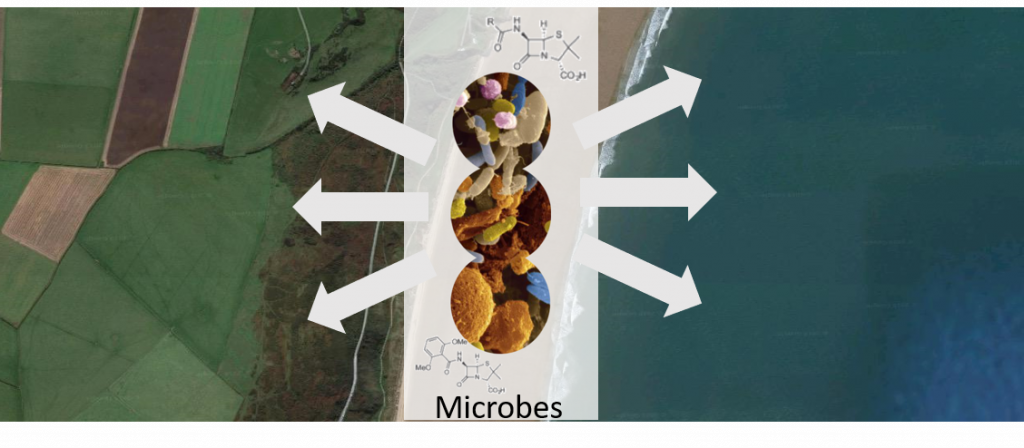
This project aims to assess how microbial biodiversity is impacted by sea, freshwater and estuaries, pollution, and other environmental factors. In the Bork lab at EMBL, for example, one of the focuses is on the gene flux between land and water. More specifically, soil is a major reservoir of antimicrobial resistance (AMR) and this project will study local AMR profiles and mechanisms of AMR spreading from soils to waters and humans.
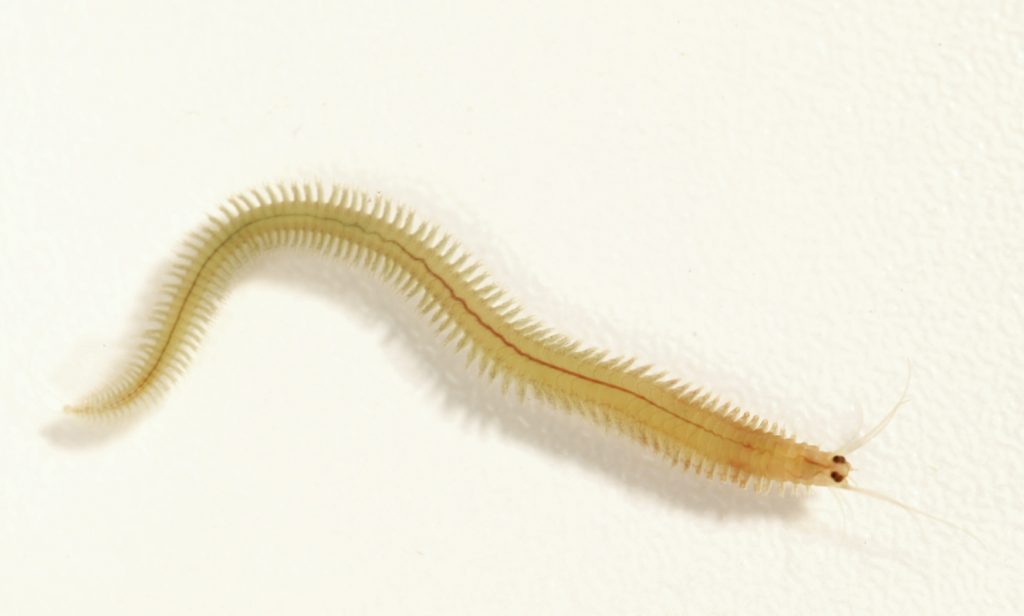
The Arendt Group at EMBL has established the marine annelid Platynereis dumerilii as a new model system for evo-devo and environmental adaptation. Taking advantage of a newly established cellular atlas of three-segmented young worms, the TREC project will correlate the genetic standing variation and single-cell gene expression with morphological variation, to identify hotspots of cellular adaptation to environmental change.
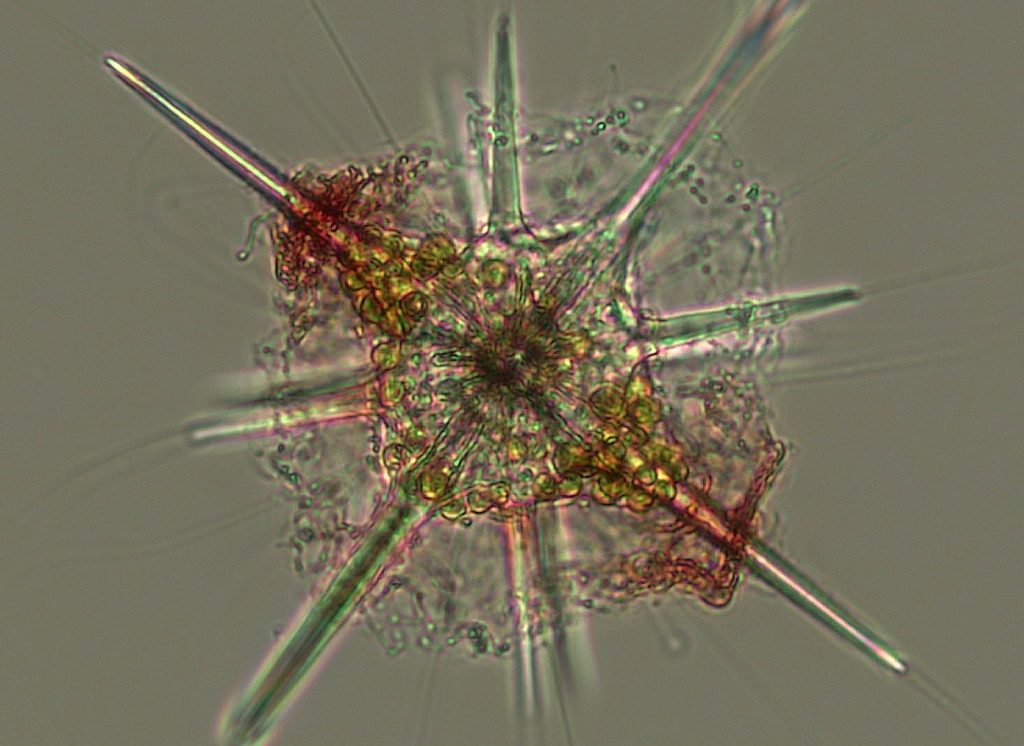
The Decelle Group at the CNRS in collaboration with the Schwab Team at EMBL, and other collaborating groups, are focusing on understanding the morpho-genetic plasticity of free-living and symbiotic microplankton to changing environments. Harnessing the power of the mobile laboratory, the project will combine single-cell omics studies with state-of-the-art subcellular imaging.
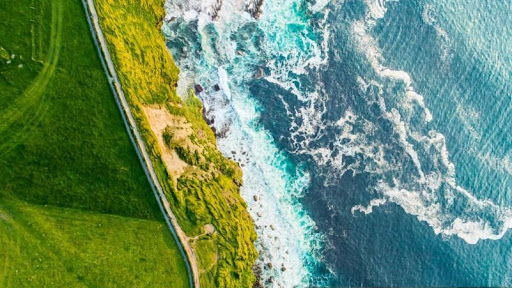
We aim to utilise barium (Ba) isotopic signatures as a powerful tool for tracing various environmental processes, particularly in coastal ecosystems. By analysing Ba isotopic signatures in soils, rivers, and seawater, we can gain insights into Ba cycling and its interaction with physical and biogeochemical processes. Ba isotopes can help trace long-term changes in river discharges, continental margin inputs, and past ocean productivity. This work will be done at LEMAR (FRA).
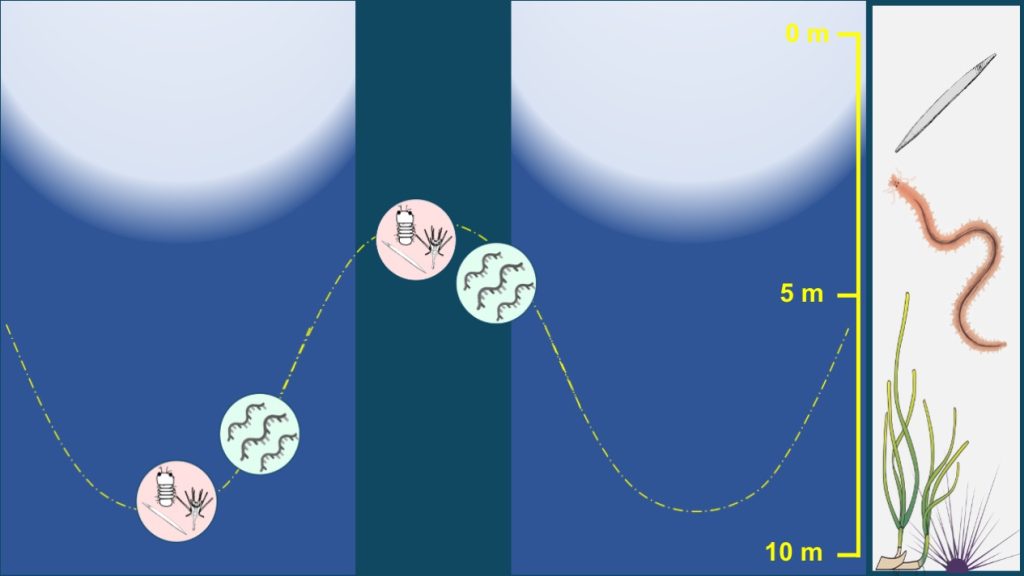
This project, lead by SZN (ITA) in collaboration with EMBL (GER) and other groups (in AUT, FRA and GER), aims at providing a multiscale analysis of plankton and benthos dynamics during the light-dark cycle in a coastal area of the Gulf of Naples. Meta-barcoding, meta-transcriptomes, morphological analysis and physiological measurements will be combined to describe diel rhythms at sea at the ecosystem level.
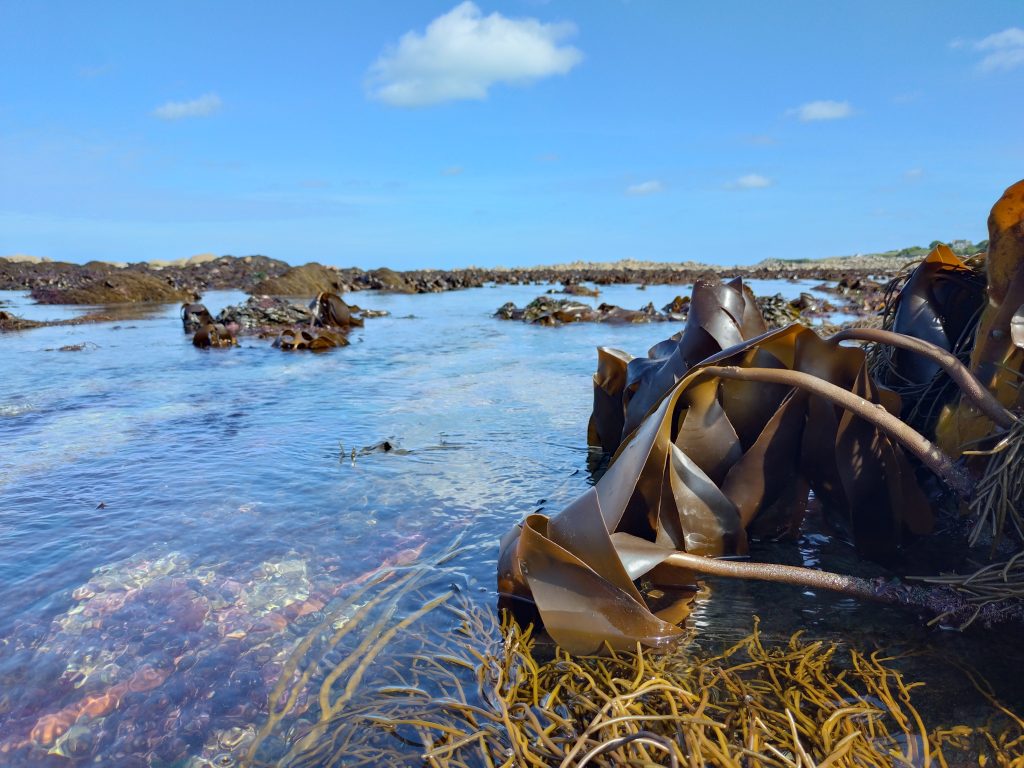
In this joint project between MPI Tübingen (GER) and SB Roscoff (FRA), we will study the biodiversity of kelp forests and their associated microorganisms in European coastal waters. We aim to link the genetic variation of two kelp species, Saccharina latissima and Laminaria hyperborea, with the diversity of their associated microbiota and viruses, focusing on intra- and inter-site variability with respect to the phylogeographic history of the populations. (BiOcean5D)
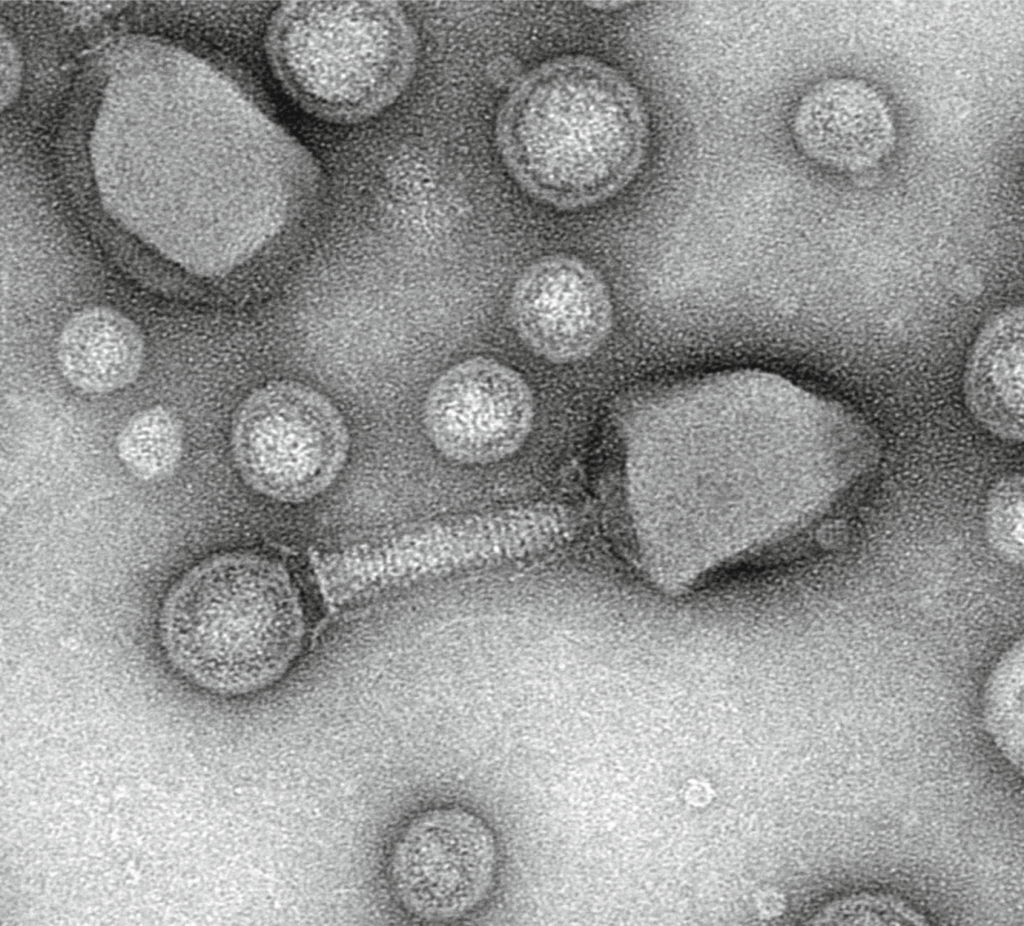
VV significantly shape plankton communities and biogeochemical cycles. Host-VV interactions are poorly characterized although mediating key processes such as transfer of nucleic acids, antibiotic resistance, and cross-kingdom cell-cell communications. The VV team (Chaffron, Baudoux et al., CNRS) will characterize the diversity and ecology of host-VV interactions in coastal ecosystems by combining sequencing and computational analyses.
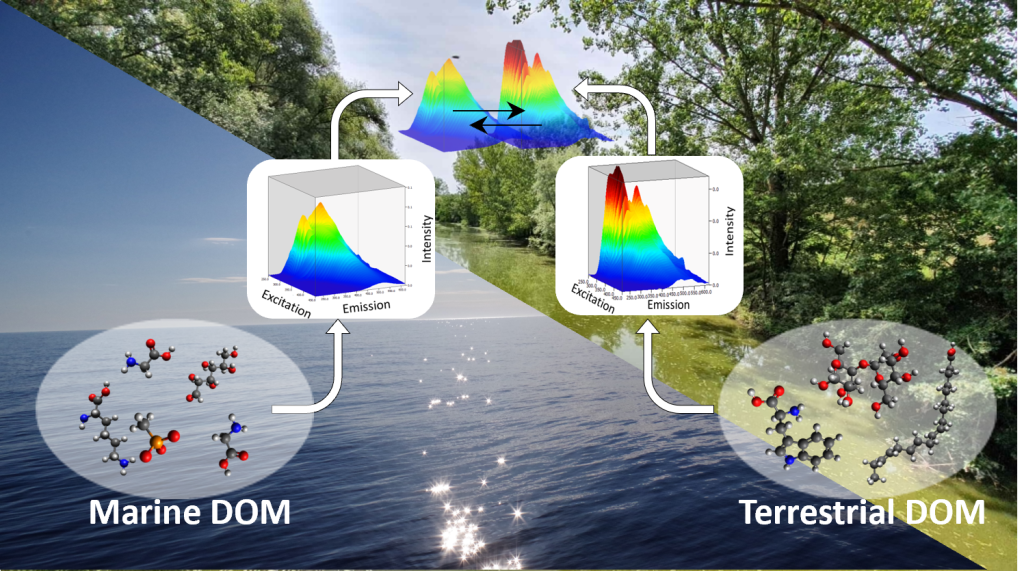
Santinelli’s group at the Biophysics Institute (CNR, Pisa) will gain new insights into the main processes affecting the largest reservoir of organic carbon on our planet (Dissolved Organic Matter, DOM) at the land-sea interface and will quantify the dissolved organic carbon input from land to the coastal European areas. DOM concentration and quality have been reported to affect microbial biodiversity and ecosystem functioning.
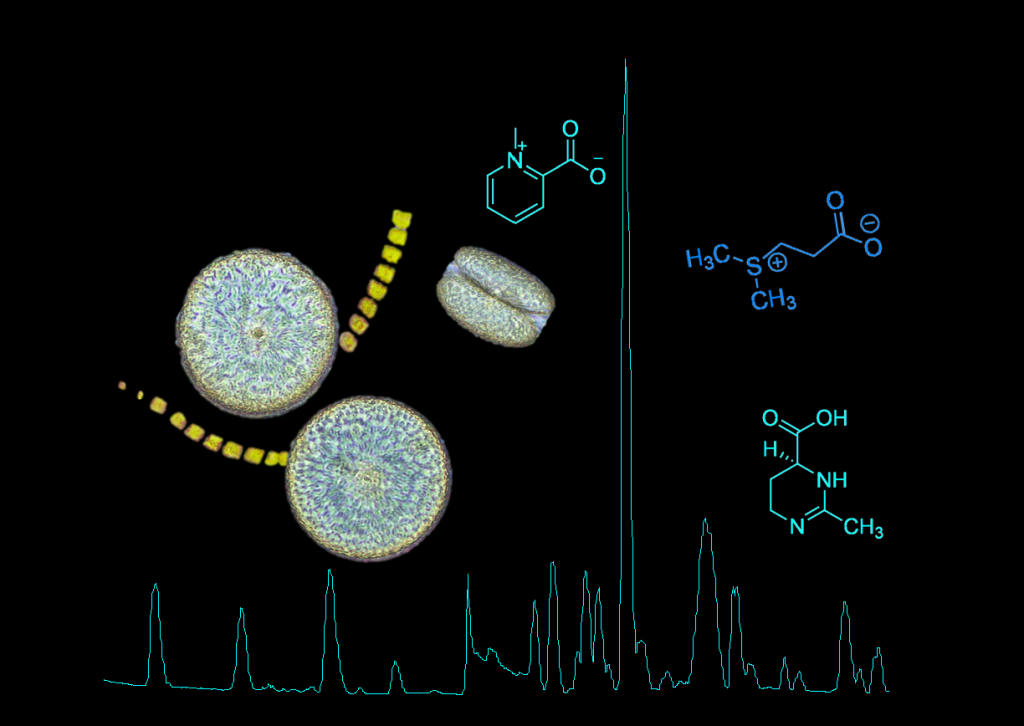
The work of the Pohnert-group focuses on the study of chemical signals within plankton and their impact at the scale of planktonic communities. During the TREC project, we will use Liquid Chromatography coupled with Mass Spectrometry (LC-MS) to determine the chemical fingerprint of marine plankton and elucidate the impact of different environmental factors on the metabolome of the marine microbiome.
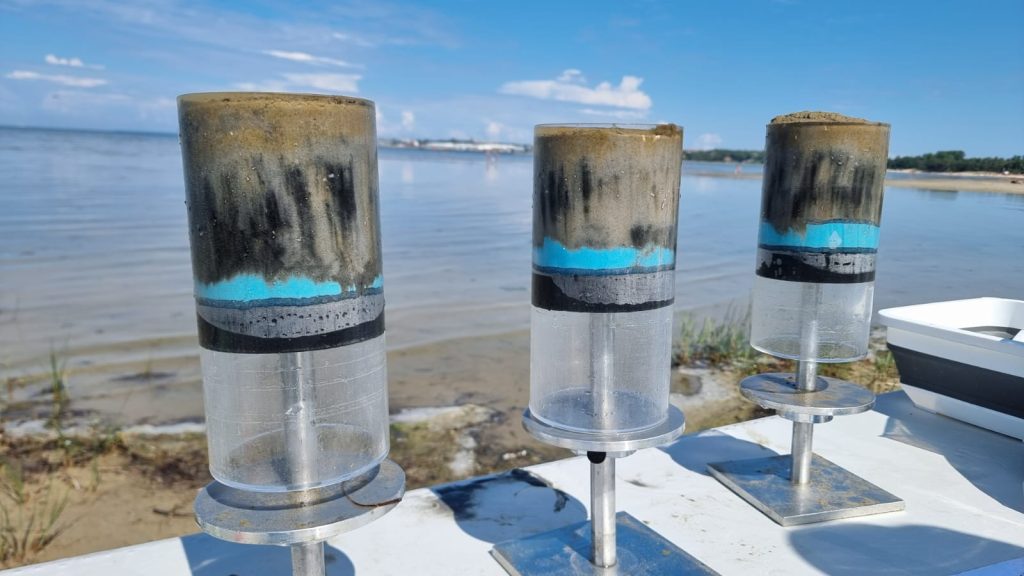
Ifremer and EMBL teams will identify microorganism and meiofauna communities associable to specific chemical pollutions in superficial sediments collected across Europe. This project will assess how chemical contaminants affect taxonomic and functional diversity, and will identify potential indicator species as proxies of chemical contaminations (BIOcean5D and CONTRAST).
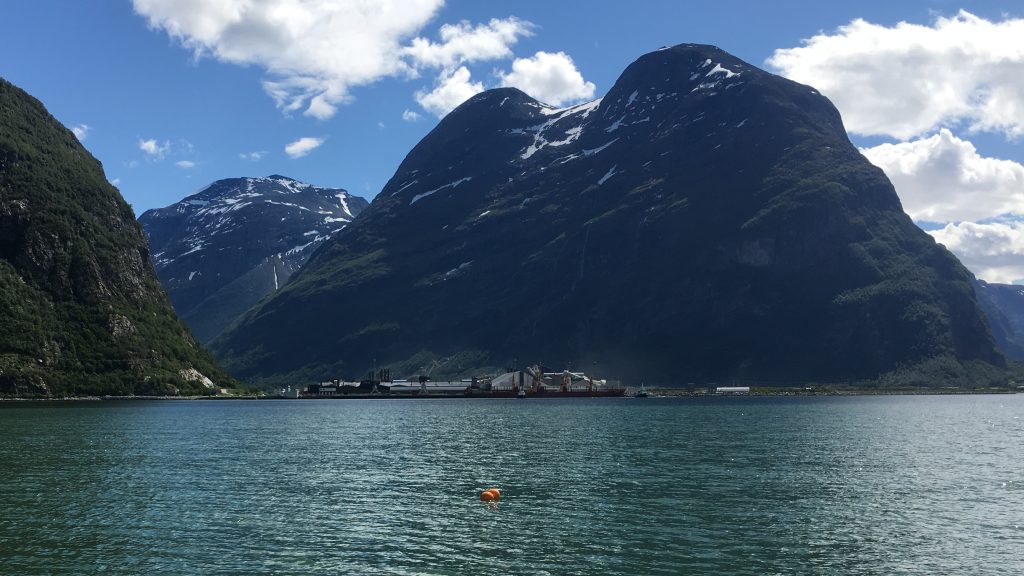
As part of the CONTRAST project, two types of optimised methods will be applied to selected TREC sediment samples to map Contaminants of Emerging Concern (CECs) and their potential effects: 1) multi-component analytical tools e.g. ICP-MSTQ, LC-HRMS, Maldi-TOF; and 2) most promising sediment bioassays identified by the project (e.g. application of an EDA approach when applicable). CONTRAST is a Horizon Europe project funded by the EU.
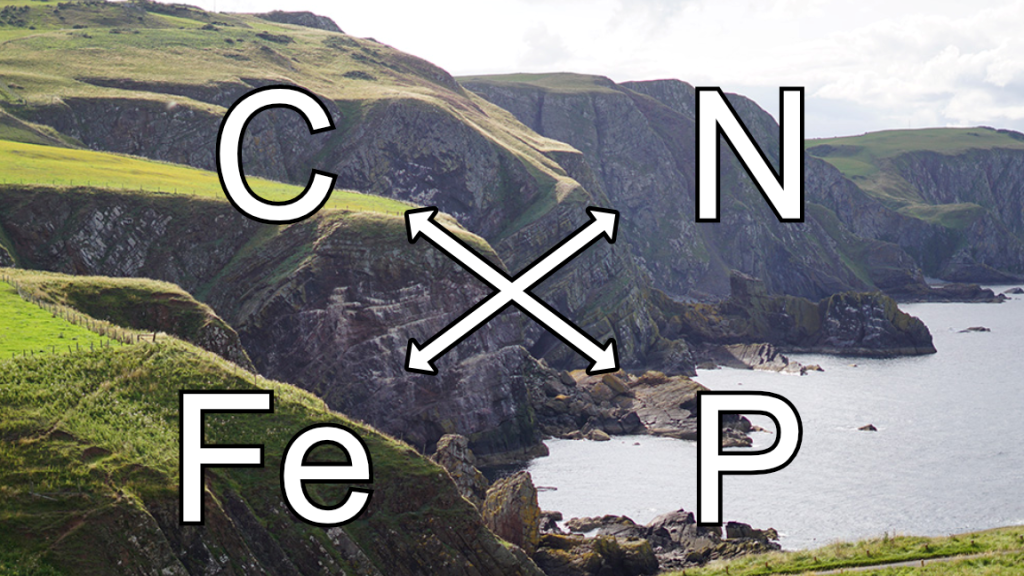
This project leverages metagenomics to capture the distribution and dynamics of microbial nutrient cycling pathways. By integrating large datasets from diverse ecosystems, it aims to unveil global patterns of carbon sequestration and nitrogen fixation, highlighting the impact of anthropogenic activities. Led by the Bork group, this research endeavors to provide cross-environment insights into the microbial underpinnings of nutrient cycling.
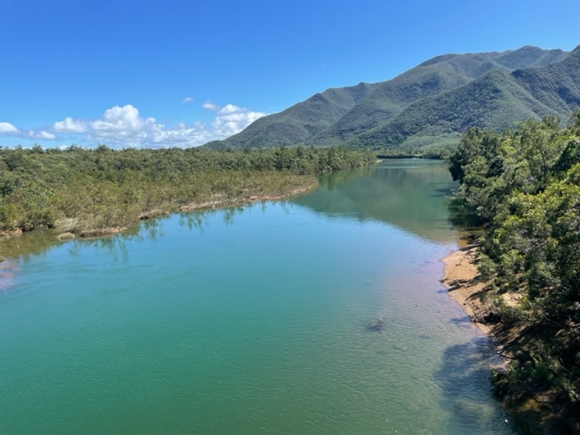
Ifremer will analyse microbiome and environmental data from the shallow waters of the river outlet stations during the TREC expedition to identify biodiversity patterns of estuarine microbiomes and the factors structuring this diversity. Spatial data will be integrated to the ROME eDNA national observatory network to validate at temporal scale the potential differences found between estuaries of different basins – English Channel, Med. Sea, Atlantic Sea. (BIOcean5D)
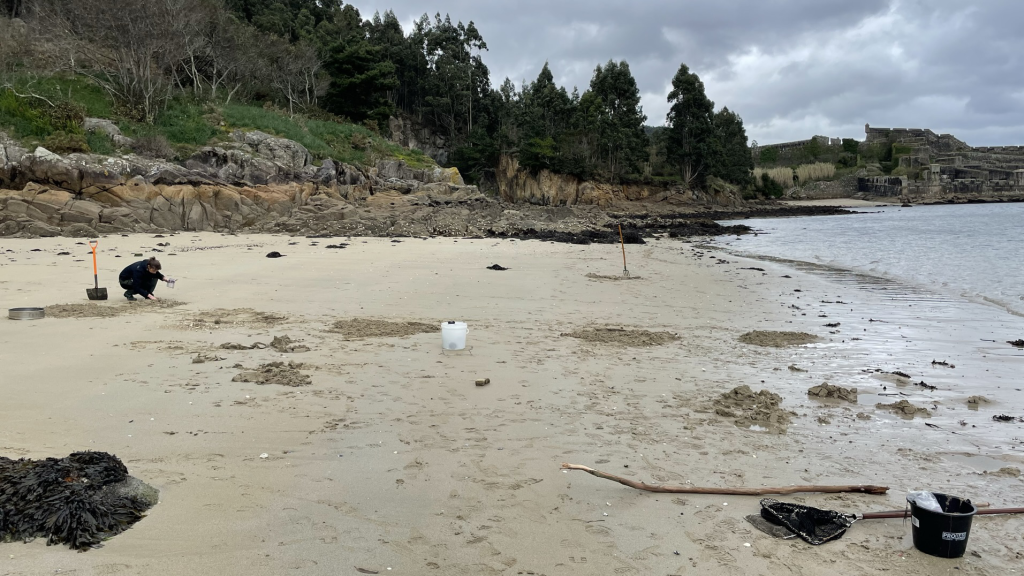
The Animal Evolution and Biodiversity department at the University of Göttingen investigates the annelid macrofauna across the European coast in TREC project. Animals are sampled across a defined transect covering the upper-, middle-, and lower-intertidal zones at sandy and rocky shores. A subset of focus taxa is analysed morpho-genetically to unravel taxonomic distribution patterns and to corollate it with the biotic and abiotic factors. (BIOcean5D)
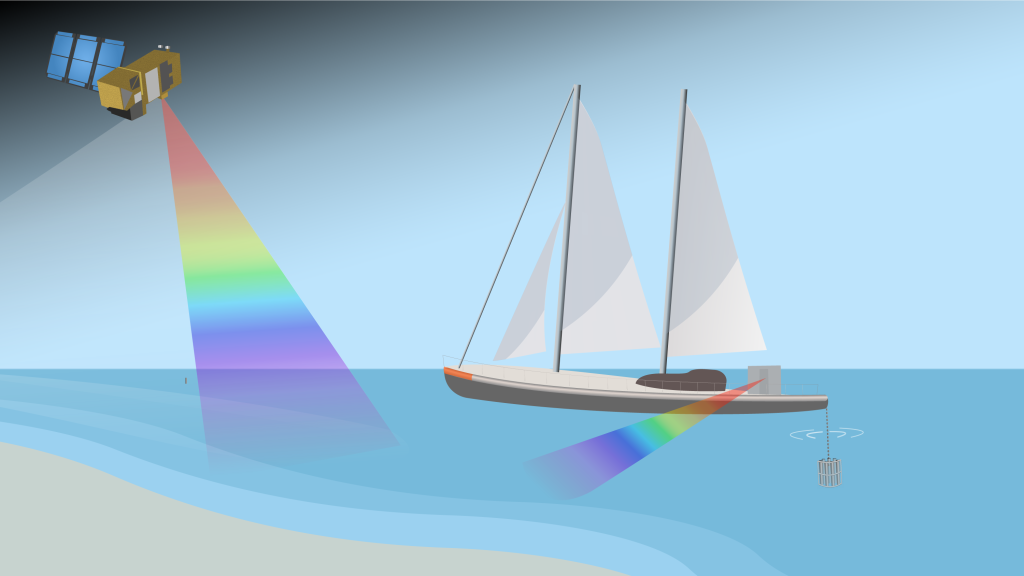
Marine ecosystem health in coastal areas can be challenging to monitor using Earth Observation due to their optical complexity. HyperBOOST will address this by using in-situ hyperspectral bio-optical measurements for the validation of satellite data, useful to develop marine coastal biodiversity products when combined with TARA biological measurements. HyperBOOST is an international collaboration between PML (UK), CNR (IT), LOV (FR) and U Maine (USA), supported by the European Space Agency (ESA).
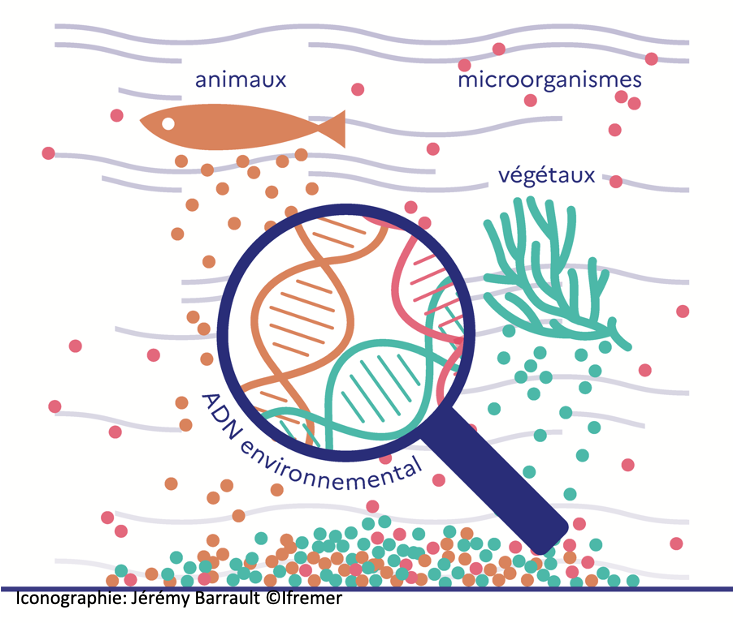
As part of the TREC expedition, Dr Arnaud-Haond (Ifremer) will coordinate a team of researchers (AZTI, Ifremer , CNRS) to characterize marine communities across the entire Tree of Life (i.e. prokaryotes, protists, metazoans…), using metabarcoding protocols based on environmental DNA. Sampling performed along shallow-coastal gradients, under diverse levels of human pressure, will allow mapping the biogeography depending on life history traits and assess the impact of human activities.
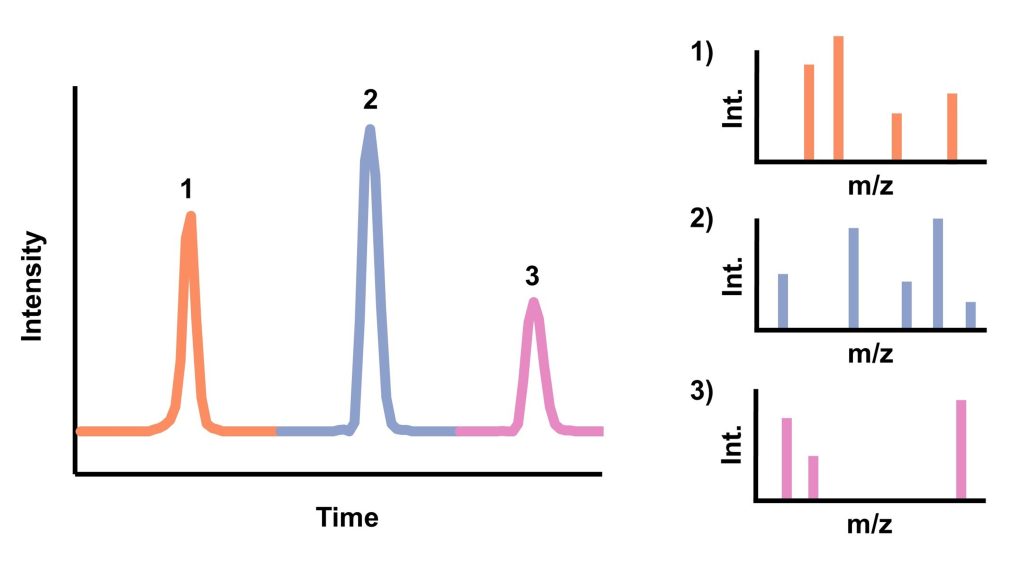
The Zimmermann group (EMBL) will track the abundance of xenobiotics at different sites, focusing on compounds such as pesticides, pharmaceuticals, antibiotics and synthetic hormones. A major aim is to define environmental biomarkers of pollutant exposure, such as microbial taxa or enzymes responsible for degrading these chemicals, or the downstream transformation products released into the environment following microbial degradation.
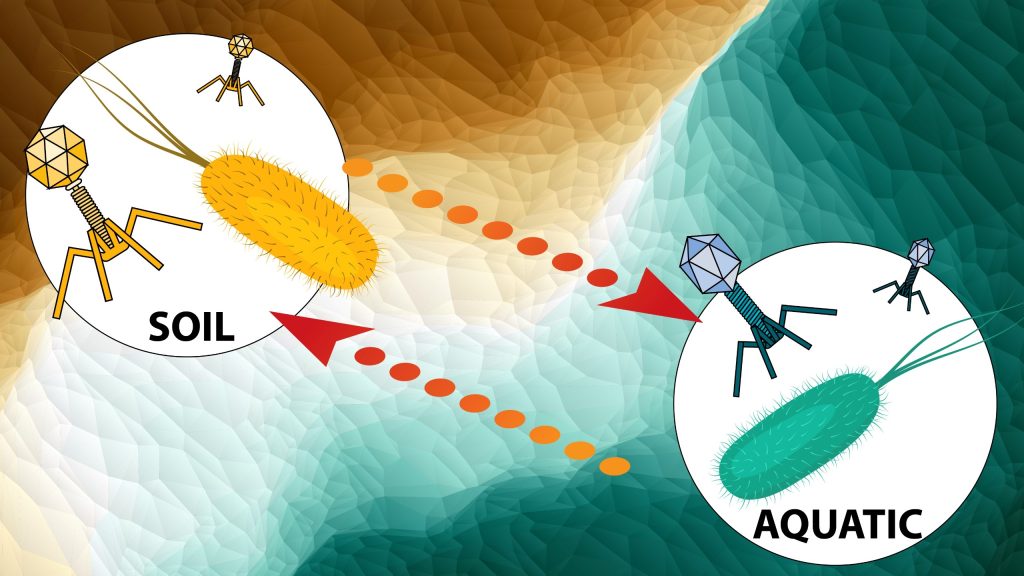
The Sullivan Lab at the Ohio State University will examine, through virus-enriched metagenomics and linked microbiome datasets, the diversity and impact of viruses that infect soil and aquatic microbes. Virus abundance best predicts carbon fluxes in global oceans and impacts the evolutionary trajectories of their hosts. However, we lack data on such dynamics in coastal systems, which could be key in devising efficient climatic and ecological models for these areas.
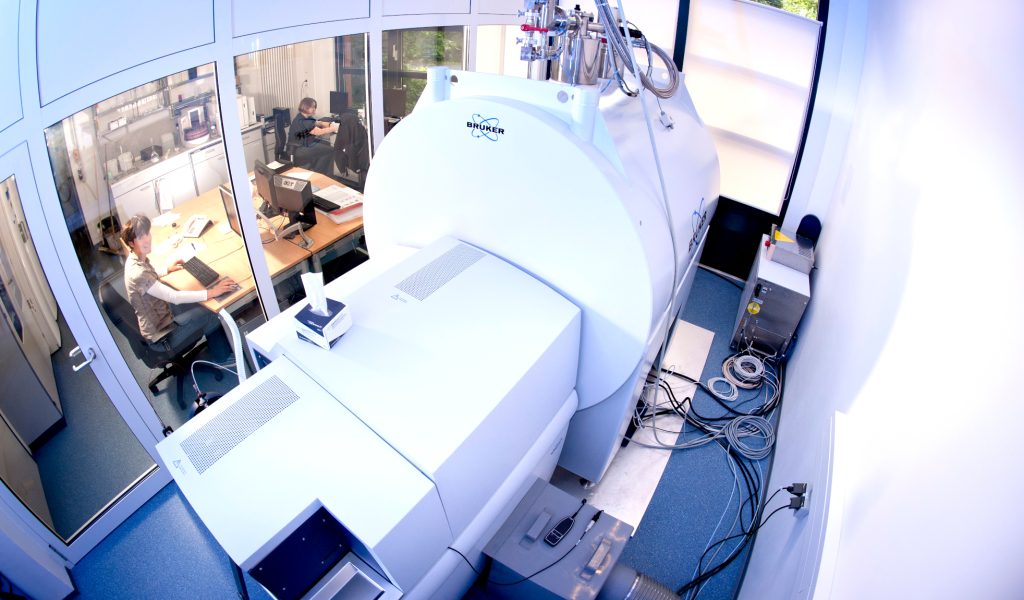
Environmental factors control Microbe-DOM (dissolved organic matter) interactions that result in the consumption, modification and extreme diversification of dissolved organic compounds and are central to marine carbon cycling and sequestration. The interrelations between environmental gradients along the European coast and the fate of DOM will be the focus of Thorsten Dittmar’s lab at the University of Oldenburg during the TREC expedition.
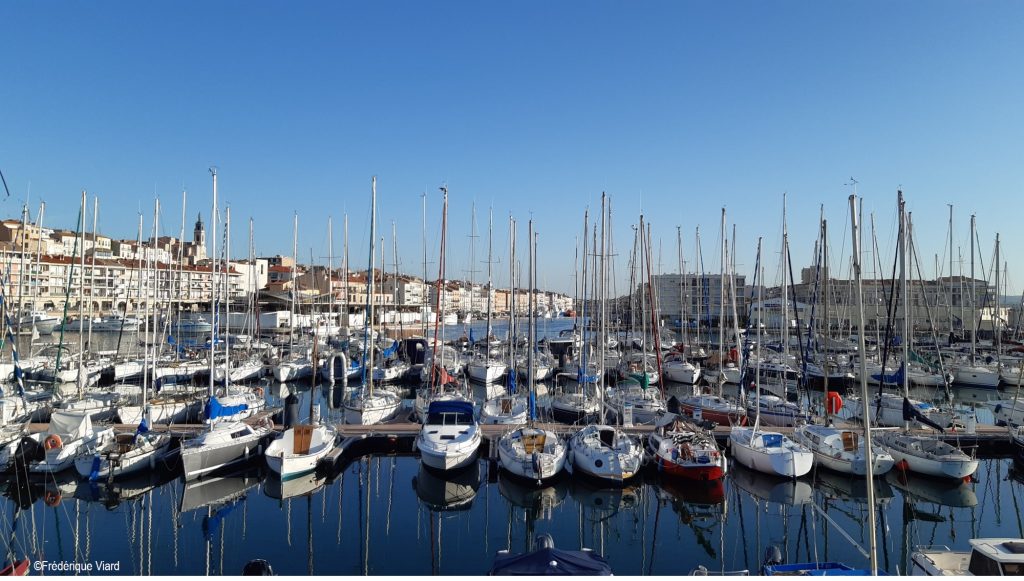
As part of the Horizon Europe BIOcean5D project, Dr Viard (CNRS) will lead a team of researchers (CNRS, Ifremer, CSIC) to identify, using techniques based on environmental DNA, non-native and invasive marine species present in ports and surrounding natural habitats. This project will allow assessing the importance and spread of non-native species from local to European scales, and will also inform on the role of harbors in these dynamics.
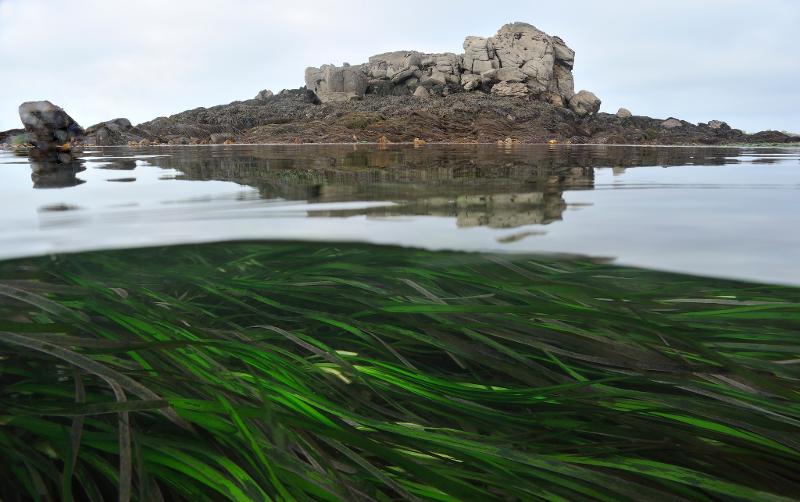
In the frame of the Biocean5D project, the teams of Jillian Petersen (University of Vienna) and Sophie Arnaud-Haond (Ifremer-MARBEC, Evolution and Genetics of Marine Organisms) will coordinate their expertise in microbiology and population genomics of clonal engineer species to characterize the ‘holobionts’ structuring seagrass meadows along European coasts, in order to map biotic interactions and reveal the environments conditioning this possibly fragile equilibrium.
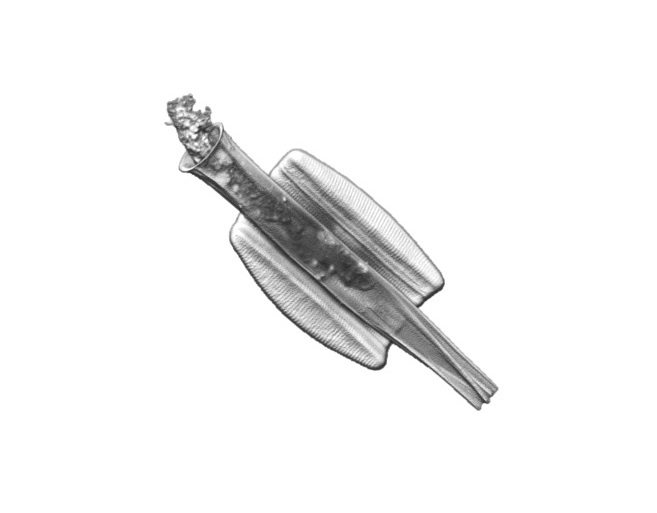
The Vincent Group (EMBL) will be dedicated to understanding the diversity, distribution and impact of intimate interactions involving diatoms, major primary producers in the ocean. By using a combination of single cell live imaging, high-throughput phenotyping approaches, and in situ chemotactic assays, we ask how microbial interactions can affect diatom behaviour, development and survival in a changing ocean.
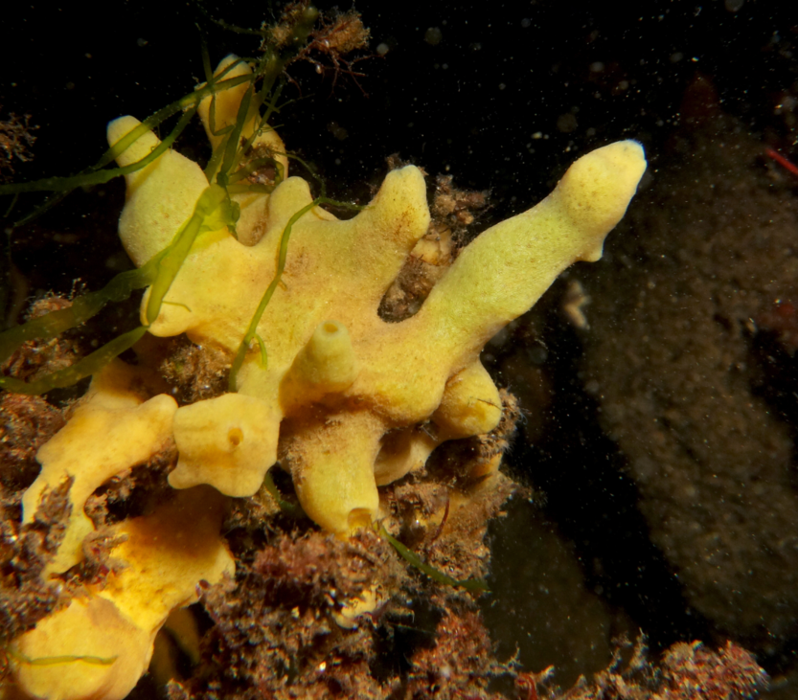
The Hentschel lab at GEOMAR will define the effects of environmental gradients on microbiome variation and individuality in the sponge H. panicea. We will explore taxonomic and functional gene variation of the dominant microbial symbiont clade and immune gene variation on the host side. Our overarching aim is to move marine sponge symbioses from an exploratory to experimental arena for host-microbe interactions.
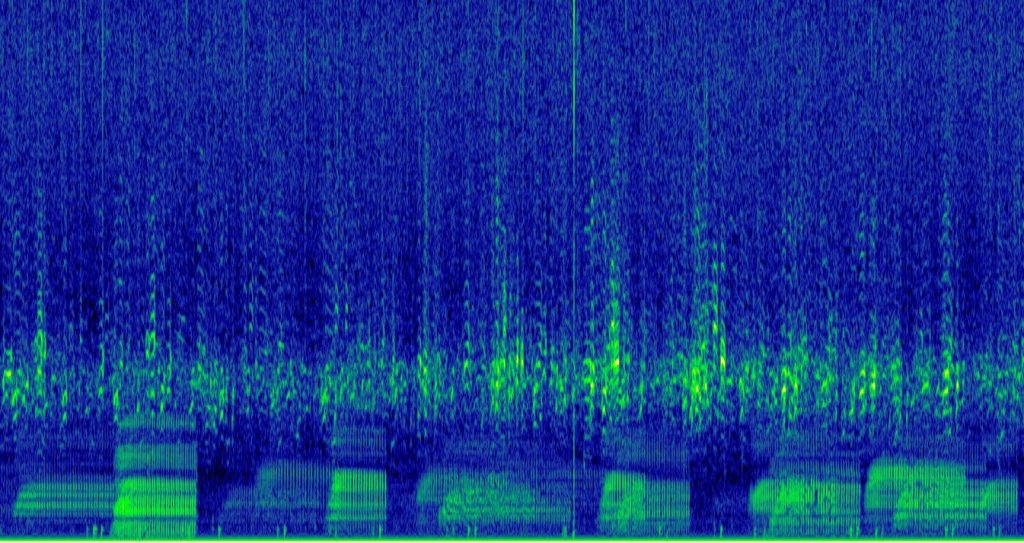
As part of the EU BIOcean5D project, L. Di Iorio and co-workers at UPVD will assess the biogeography of bioacoustic diversity and investigate environmental state-pressure relationships using soundscapes. Noise pollution will be quantified to study its impact on model systems. The collaboration with the CNRS & EMBL involved in other TREC projects will allow to appraise functional aspects of soundscapes.
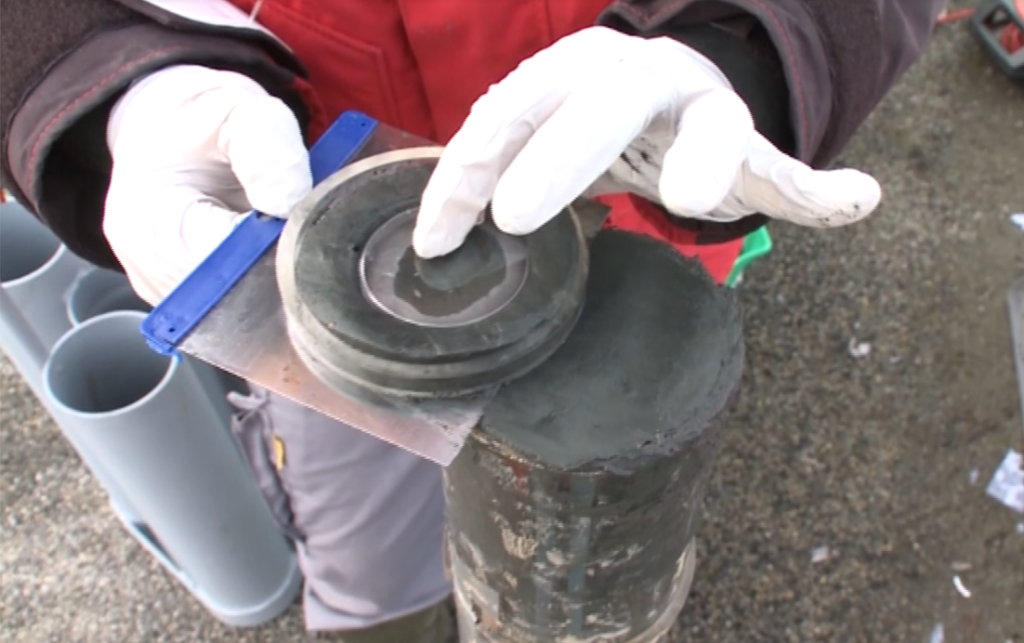
In the frame of the EU BIOcean5D project, Dr Siano (Ifremer) will lead a multidisciplinary research team to assess the effect of human pollution across European coastal ecosystems over the Anthropocene period. Using sediment core bio-geochemical archives, human pollution traces will be associated with inter-site community changes, invasive species dynamics, and emergent risk for human and coastal resources.
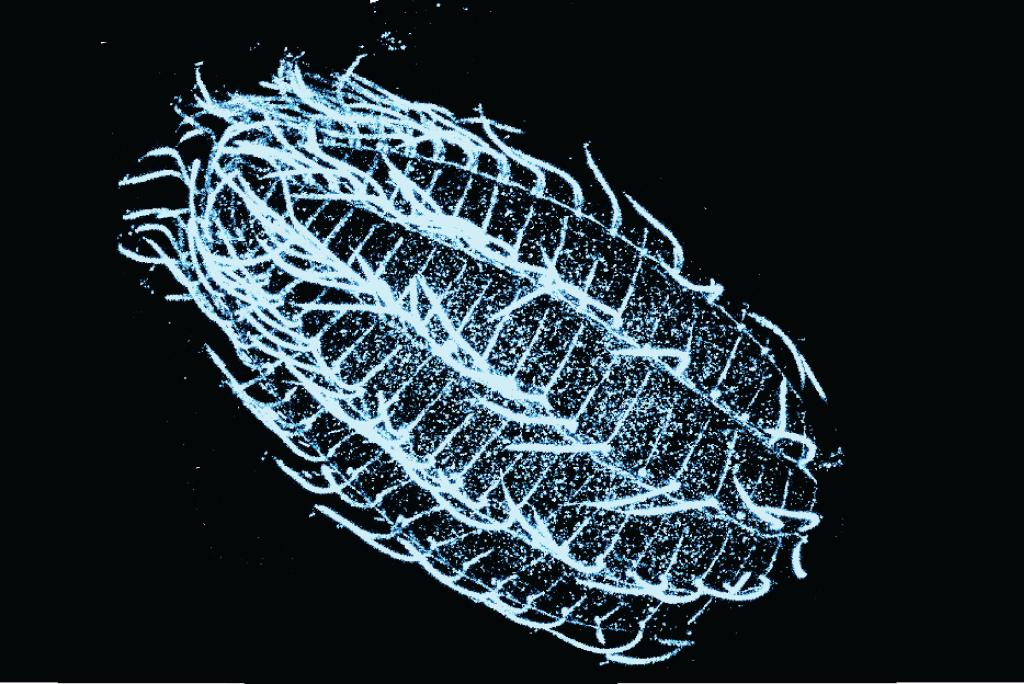
An international EMBL-EPFL-UNIGE team (Dey, Schwab, Saka, Dudin, Hamel, Guichard) are coupling expansion microscopy (Cryo-ExM and U-ExM) to FISH for species ID and sub-cellular imaging. We aim to create an atlas of native eukaryotic cellular biodiversity with unprecedented 3D spatial resolution, with a long-term view to assess the repercussions of climate change on free-living microplankton populations.
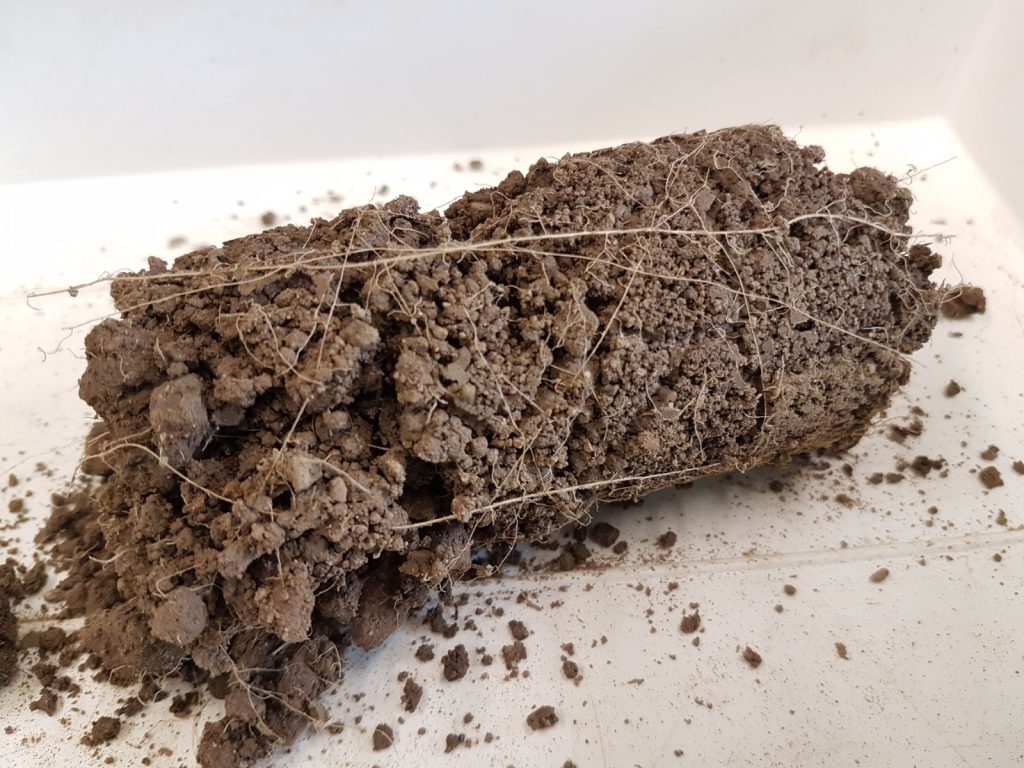
The biogeochemical cycles are strongly related to the living organisms of the ecosystems, from the photosynthesis to the decomposition and persistence functions. Dr Abiven’s team from CNRS and Ecole Normale Supérieure Ulm, will take advantage of the TREC expedition to study carbon, nitrogen and phosphorus cycles in soils, sediments and water, and relate their dynamics and long term persistence to the living organisms.
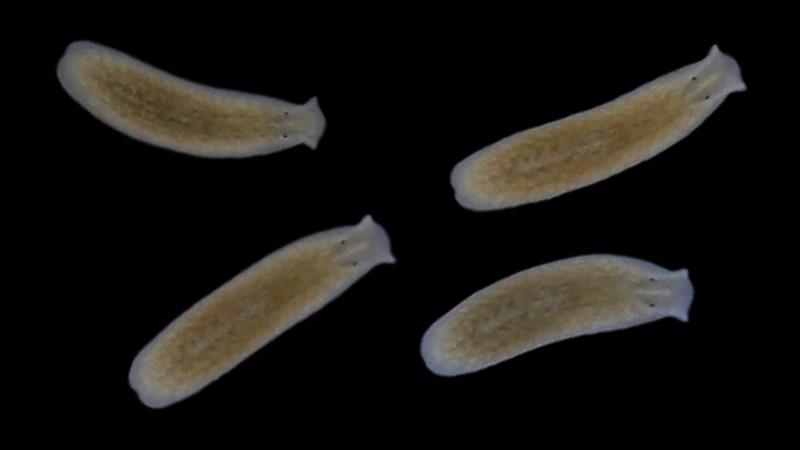
Why can some species live in a wide range of habitats, while others cannot? The Vu group (in collaboration with many folks at EMBL and beyond) aims to answer this question by first, carrying out a systematic field sampling of planarian flatworms along the coastline of Europe; and second, applying cutting-edge single cell multiomics and targeted perturbations to wild planarians brought back to the lab.
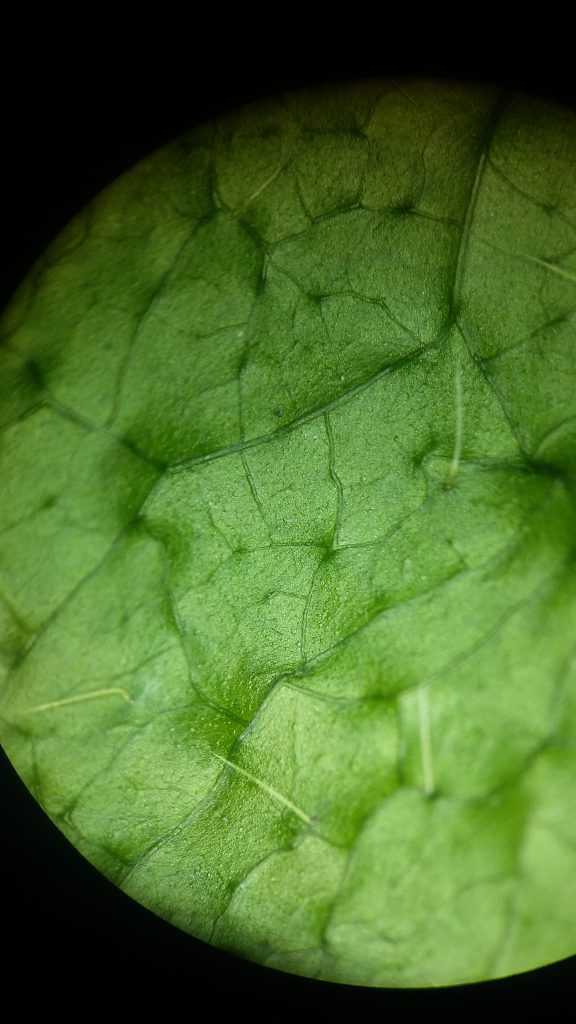
Citizen science project, led by Prof. Tedersoo Group at the University of Tartu, aims to describe the biodiversity of organisms associated with plant leaves across the globe. Using DNA-based methods for identification, the aim is to determine the environmental features that lead to the increase or loss of leaf-associated microbial diversity and add one piece to the puzzle of global biodiversity.
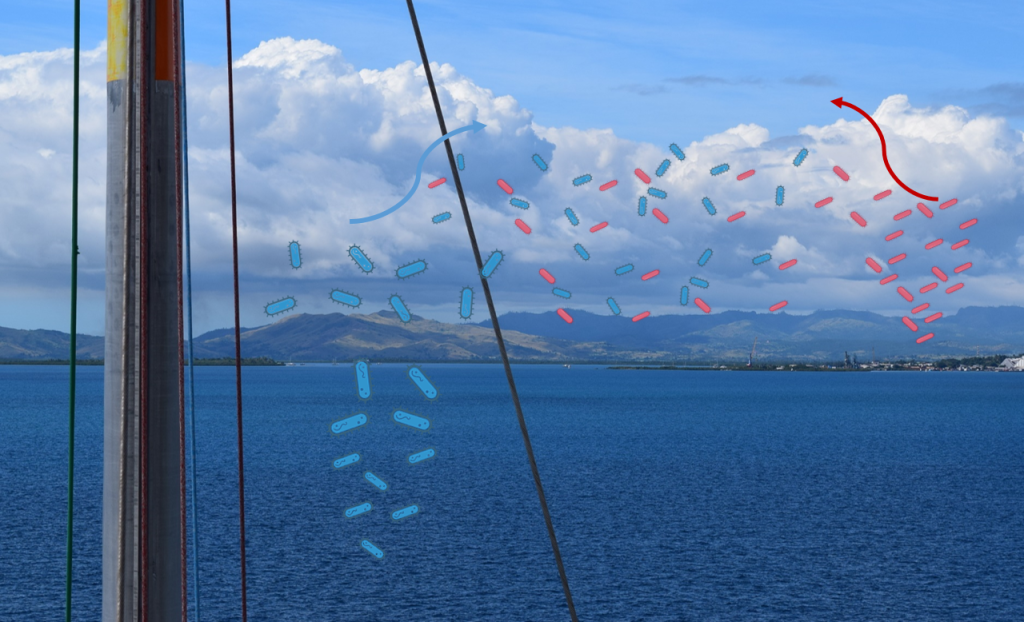
Bioaerosols remain one of the least studied microbiomes on Earth. Airborne microbes impact the health of humans, plants and animals, and drive key climatological processes. The TREC project enables the Sunagawa lab at ETH Zurich to team up with the Ocean-atmosphere interactions group, led by Michel Flores at the Weizmann Institute of Science, and explore the diversity, function and dispersal of airborne microbial communities at the land-ocean interface. (BIOcean5D)
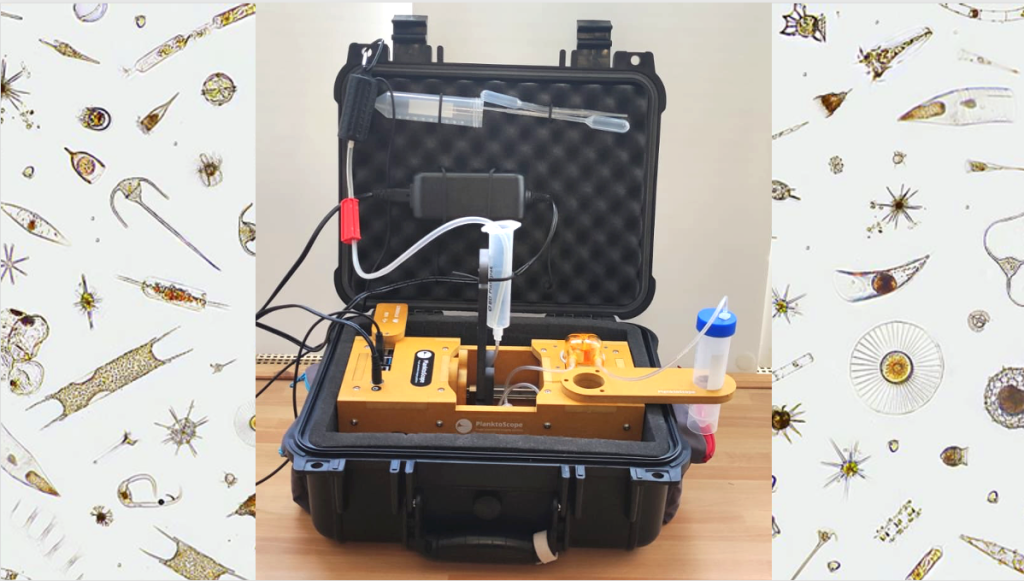
De Vargas and Lombard (CNRS & SU) will deploy innovative frugal tools in research and sea-worker/user communities along the TREC voyage, toward a cooperative and long-term measure of aquatic biodiversity. ‘Seatizen’ will be trained to use the ‘Planktoscope’ and ‘Lamprey’ systems, and generate consistent quantitative imaging and molecular data across ecologically and economically relevant regions, integrated into global databases. (BIOcean5D)
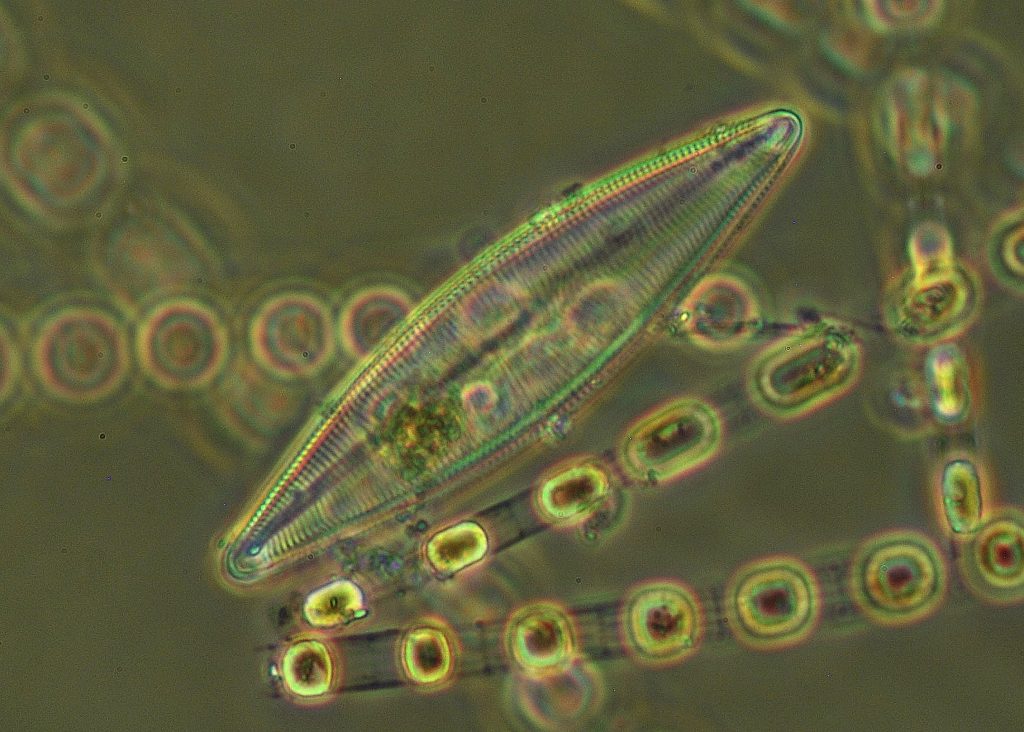
The Sjöqvist group at Turku University will document potential evolution in marine phytoplankton across European waters to clarify the adaptation potential in key species to ongoing climate change. The field of resurrection ecology offers a “backward-in-time” approach via hatching of dormant life stages. This enables the direct quantification of phenotypes and comparison of genetic material across temporal scales.
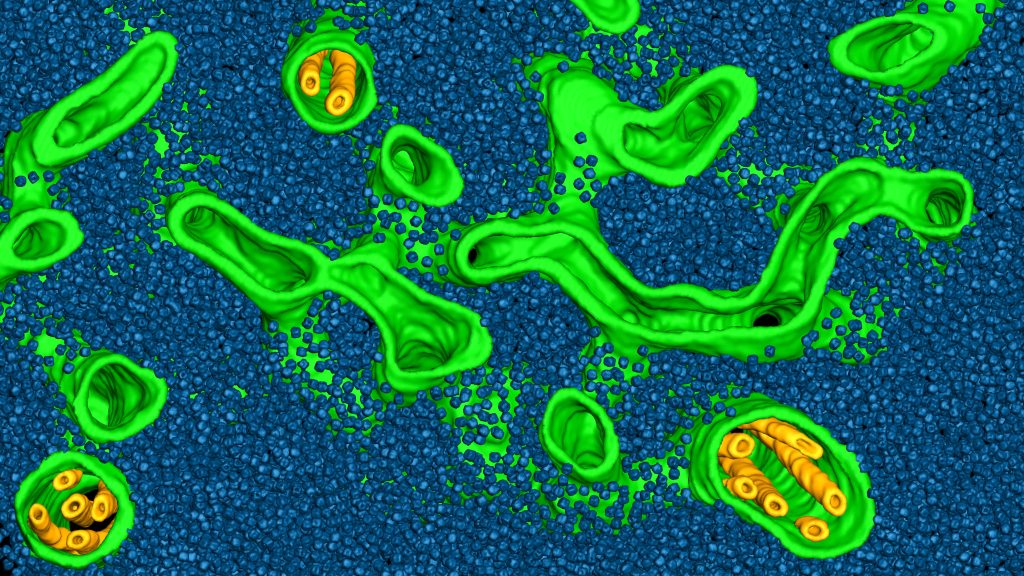
The Engel group at the University of Basel uses cryo-electron tomography (cryo-ET) to visualize structures inside native cells with molecular resolution. In the cryOcean project, we aim to chart the molecular organization of photosynthetic organelles (light-harvesting thylakoid membranes and carbon-fixing pyrenoids) in diverse marine algae species sampled directly from the ocean.
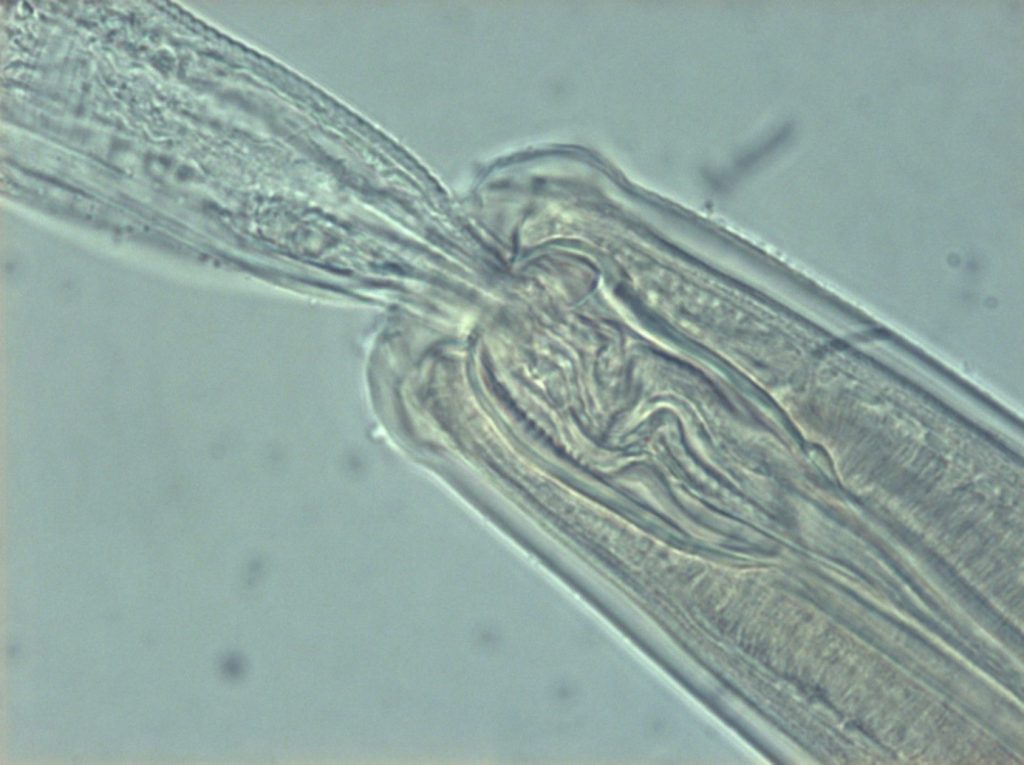
Nematodes are microscopic worms that dominate soils and sediments and play diverse functions in nutrient cycling. While we have gained some information on the most important drivers of nematode communities in soils and sediments, information on land-sea transitions is missing. Geisen lab at the Laboratory of Nematology WUR will fill this gap by enumerating and identifying nematode taxonomic and functional diversity using various amplicon sequencing approaches.
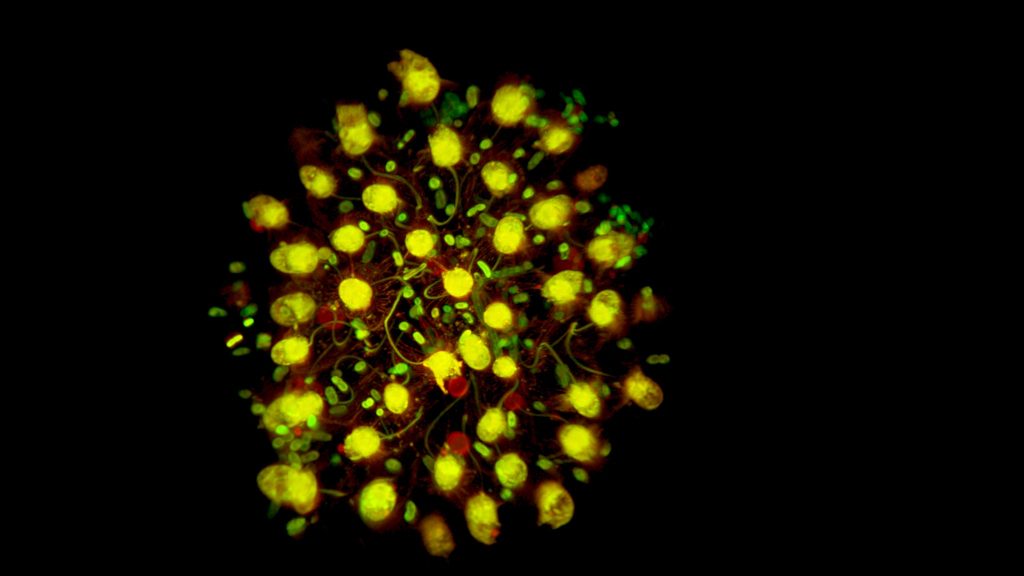
The Brunet lab at the Institut Pasteur (Paris) studies choanoflagellates, the closest living relatives of animals. Many choanoflagellates can switch between unicellular and multicellular forms and thus offer a proxy to the origin of animal development. However, only a fraction of existing species are known. We will try to systematically describe and isolate new culturable choanos from plankton to understand the natural environment for the emergence of multicellularity.
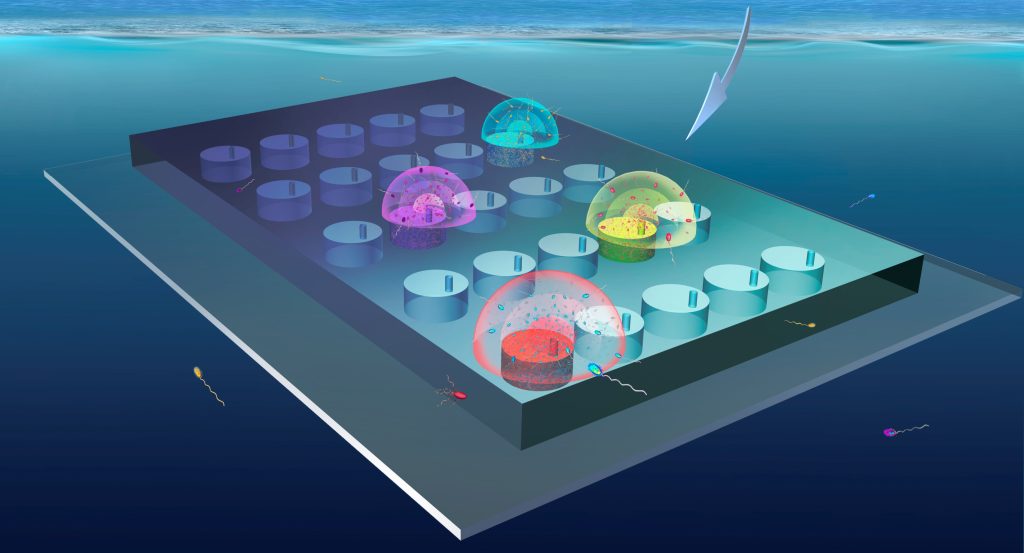
Microbial behavior will be quantified during TREC through the deployment of a novel sea-going microfluidic platform, the In Situ Chemotaxis Assay (ISCA). This international collaboration (Stocker: ETH Zurich, Raina + Seymour: University of Technology Sydney, Vincent: EMBL) will leverage the contextual data gathered during the expedition to identify environmental drivers influencing microbial behaviors.
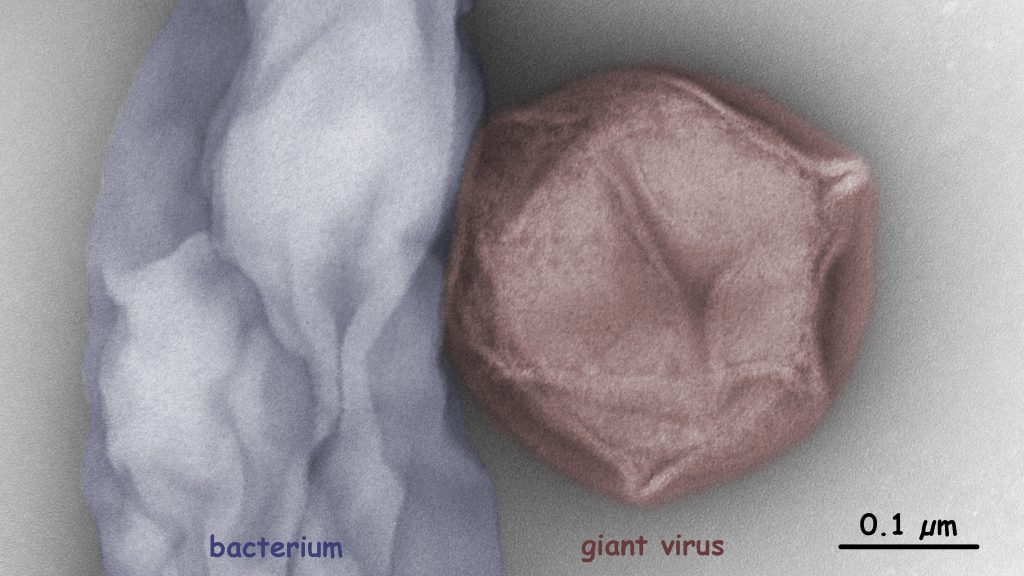
Giant viruses influence the mortality, population structure and gene flux of various protists.
The Fischer lab at the MPI for Medical Research studies the diversity and biogeography of giant viruses by electron microscopy, metagenomics, and cultivation on heterotrophic flagellates.
We aim to compare coastal virus communities from water and soil and to isolate new giant viruses for a better understanding of their ecology.
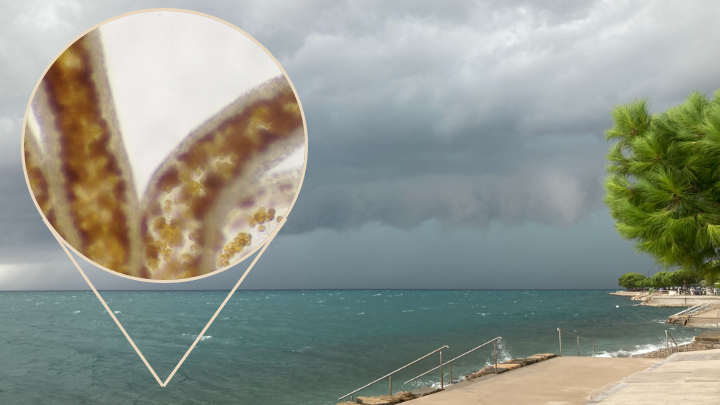
Led by the Hambleton lab (Uni Vienna), this project will use transcriptomics and lipidomics to assess the biogeography and function of dinoflagellate algae in marine sediments and in symbiosis with marine invertebrates. We aim to reveal how key symbiotic organisms are affected along evolutionary and environmental gradients, allowing predictions of how these symbioses will respond to accelerating climate change.
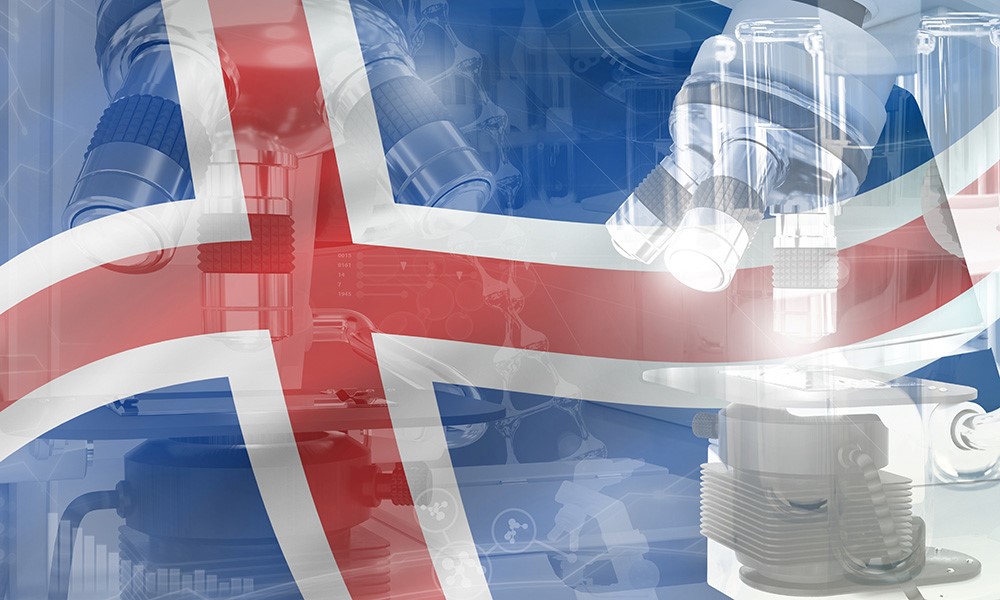
The final TREC pilot expedition took place in August 2022. It was co-organised by the Icelandic biodiversity research network BIODICE, which is providing local knowledge and infrastructure, as well as participation in TREC plug-in projects. Several Icelandic coastal habitats were sampled across temperature and pollution gradients.
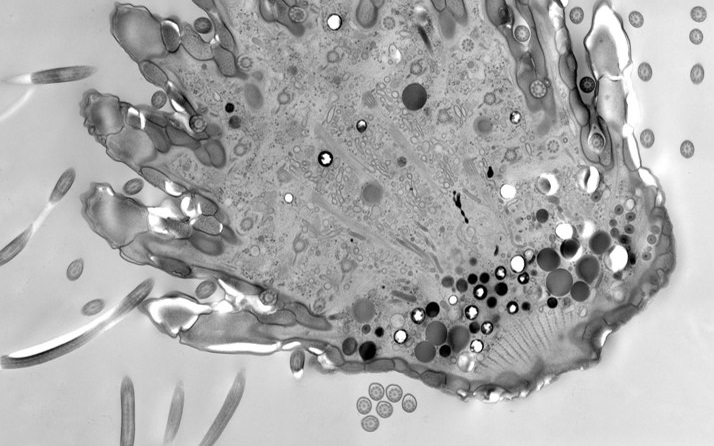
EMBRC in Villefranche-sur-Mer hosted the TREC pilot expedition that enabled unprecedented high-definition ultrastructure images from fresh samples, such as this plankton which was frozen under high pressure on the beach. Soil and sediments were also sampled along the Villefranche sea-land transects and the river Var estuary.
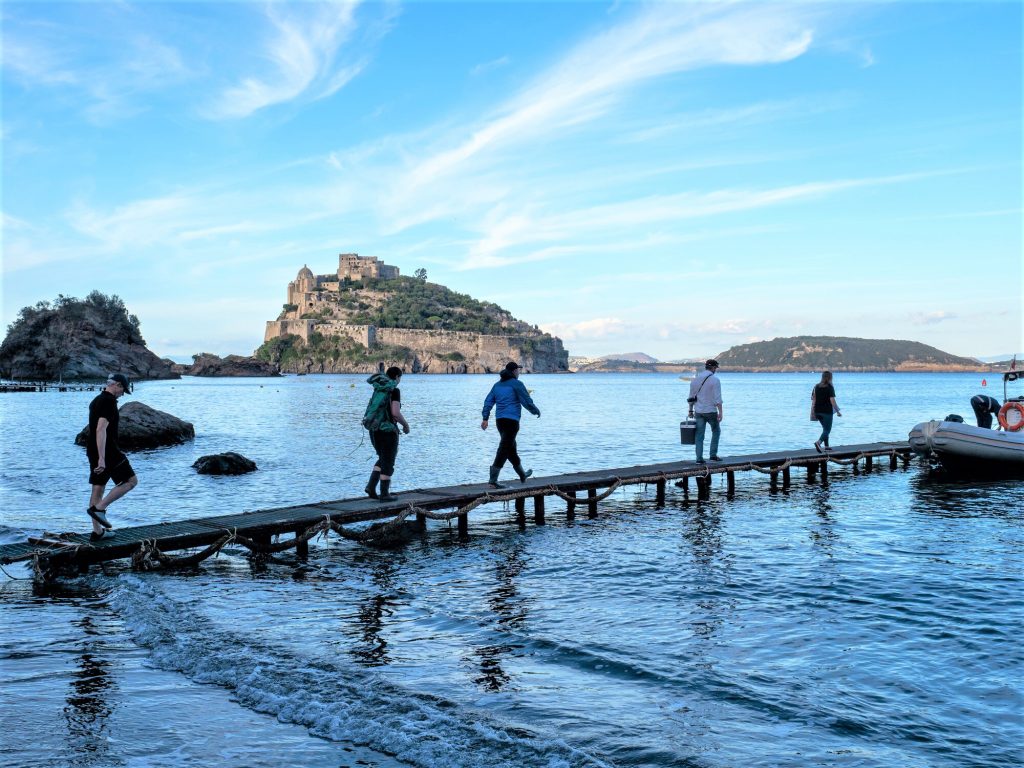
The first pilot project testing the sampling and analysis capacity was done in Stazione Zoologica Anton Dohrn, Naples. Soil collected from Naples volcanic habitats revealed new Archaea taxa with specific metabolic adaptations. Annelid worms (Platynereis) were collected across water acidity gradients and analysed down to the single-cell resolution.